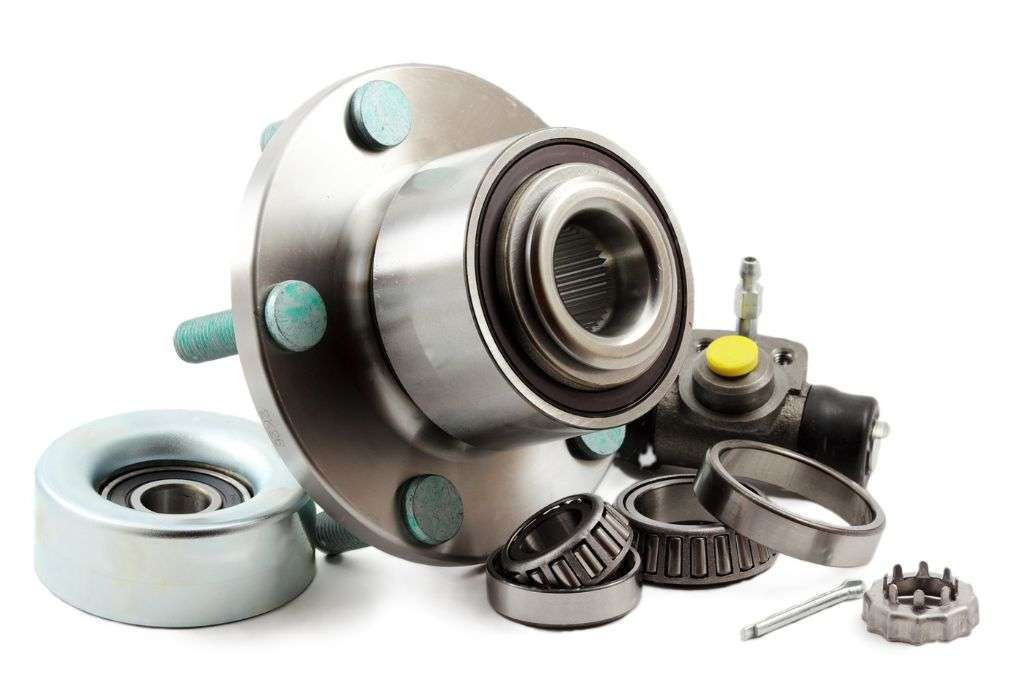
Sep 5,2023
In a world powered by monumental machinery, the colossal structures and colossal engines that propel industries forward have a rather enigmatic origin. Ever wondered how these behemoths come into existence? In this blog post, we embark on a captivating journey into the heart of manufacturing, unveiling the meticulous process behind the creation of big machines. From industrial machinery parts to heavy machinery assembly, we'll explore it all.
The inception of a massive industrial machine begins with a blueprint, a design that captures the intricate details of the behemoth's purpose and functionality. Engineers and designers pour their expertise into these designs, meticulously planning every aspect to ensure optimal performance.
Industrial equipment doesn't come to life overnight; it's a product of deep industry insights and data-driven decisions. These blueprints often incorporate feedback from previous iterations, harnessing the power of data analytics to refine the design.
Once the blueprint is finalized, it's time to gather the building blocks of these colossal marvels: industrial machinery parts. These parts are the unsung heroes of big machine manufacturing.
They include gears, bearings, hydraulic components, and an array of intricate pieces that are essential for the machine's functionality.
The quality of these industrial machinery parts is paramount. Precision is non-negotiable; even the slightest deviation can lead to catastrophic consequences.
Manufacturers employ cutting-edge technology and data-driven quality control processes to ensure that each part meets the exacting standards set by the blueprint.
With the industrial machinery parts at hand, the assembly process begins. This stage is akin to putting together an intricate jigsaw puzzle, but on an industrial scale. Skilled technicians and engineers work in tandem, guided by the meticulously detailed blueprints.
Heavy machinery assembly is a dance of precision and power. The statistics involved in aligning, connecting, and securing these massive components are staggering. The tolerances are minuscule, often measured in fractions of a millimeter, showcasing the fine art of engineering that underpins the process.
In today's rapidly evolving industrial landscape, automation is king. Big machines are no exception, and industrial automation spare parts play a pivotal role in this evolution.
These components facilitate seamless, efficient, and highly precise operations, all thanks to sophisticated data-driven algorithms.
Statistics show that the integration of industrial automation has led to substantial improvements in productivity and safety. Machines can now communicate, self-diagnose, and make real-time adjustments, all while collecting vast amounts of data for further analysis and optimization.
Data is the backbone of modern manufacturing. Throughout the creation of these big machines, every step is infused with data-driven insights. Quality assurance processes are underpinned by real-time data analysis, ensuring that each component meets the highest standards.
Statistically, this approach has significantly reduced defects and costly rework, making the manufacturing process more efficient and cost-effective. The result? Higher-quality industrial equipment that lasts longer and performs better.
Finally, after months of meticulous planning, precision manufacturing, and data-driven optimization, the big machine stands complete. The grand unveiling is a momentous occasion, where these colossal structures are revealed to the world. It's a testament to human ingenuity and technological prowess.
These machines go on to power industries, shape economies, and contribute to the global infrastructure. The impact of these marvels on various sectors is immeasurable, with statistics showcasing their contributions to increased production, reduced downtime, and improved safety standards.
The journey from a blueprint to a fully operational big machine is a symphony of precision, data, and craftsmanship. Industrial machinery parts, heavy machinery assembly, and industrial automation spare parts all play crucial roles in this magnificent process.
Data and statistics are the guiding stars, leading to machines that not only redefine industries but also push the boundaries of what's possible.